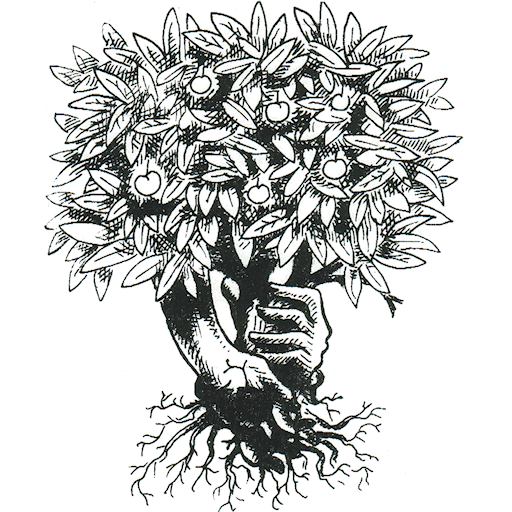You and your communities
If you define community quite widely, you are probably part of several. This briefing can help you assess the groups you’re in, and how well they fit your needs. I’ve listed seven kinds of community: as you read this, review how many of these you’re involved in. In some cases, you may belong to more than one group within each category, for example a couple of work teams or friendship networks.
- Family and Friends: if you look at the benefits of community, you’ll hopefully feel you get some of these from family and friends. As the pressures of life grow, severe bust-ups with people close to us seem to happen more often: one upside of treating family and friends as a kind of community is to use group-building skills to prevent or heal such bust-ups.
- Local Neighbourhood: some local neighbourhoods are close-knit communities, others hardly at all. I recall a friend who lived for several years in a street in North London where no one spoke to each other. She rented a hall and invited everyone to a party: over half the residents came, and suddenly it became a community who looked out for each other, loaned stuff, enjoyed each other’s company. These days, it’s hard to foresee what problems or blessings might affect your neighbourhood, but you’ll all be more resilient if you have some sense of community.
- Shared interests: this might include sports clubs, gardening, yoga. Such groups are a kind of community, because you have regular social contact, a sense of fellowship, and some scope for mutual support.
- Shared values: this may overlap with shared interests, but a group with shared values is likely to have deeper trust and insights, and more willingness to help each other in hard times. Examples of shared values would be a sustainability group like Transition Towns, a Buddhist meditation group, or a cancer support group. Seeing these as a community, not just a group, can help you understand how it works, and how people can get the best from it.
- Work organisations: I’ve spent many years involved in work teams, as a manager and a trainer. I admit that many work teams don’t have community qualities, but the best teams I’ve seen did have. This is more likely in a values-based organisation like a social enterprise or charity. For now, just consider if community qualities exist in any work teams you’re involved with, and how you’d like to see them cultivated.
- Vision community: this means a group of people drawn together by a shared vision which they want to sustain or bring to fruition. In the pioneering projects I’ve created, the vision community has been vital in providing the momentum and insights to achieve the dream. So if you have a big goal, or are supporting someone else with one, this can really help it happen.
- Intentional community: this term is used to describe communities with a formal organisation structure, which require people to commit to a code of values, and where people are living together. Intentional communities may be loose-knit, like an eco-village, or intense, like a commune or a monastery. They’re a very useful source of methods and insights for informal communities of all kinds.
You may feel connections with several different scales of neighbourhood: for example, immediate neighbours, those in nearby streets, and the larger settlement you’re part of – town, city, village. Investing time in reviewing and strengthening your community connections can have many benefits: it should raise your resilience for a variety of challenges. It can meet other needs, such as fellowship, or access to expertise and resources. And it can give you more fulfilment, by providing channels for you to use your talents to help others.
